#Japanese prints
Text

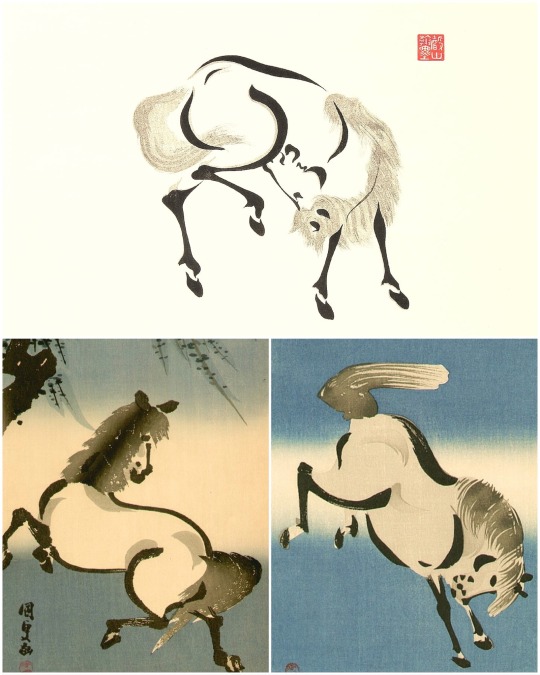
Aoyama Seizan, Horses, 1930s
#Aoyama Seizan#horses#woodcut#japanese prints#woodblock print#equestrian#horseback riding#asian art#aesthetic#asian aesthetic#japanese aesthetic#modern art#art history#aesthetictumblr#tumblraesthetic#tumblrpic#tumblrpictures#tumblr art#tumblrstyle#japanese art#beautiful animals#wildlife#nature#beautiful horse
3K notes
·
View notes
Text
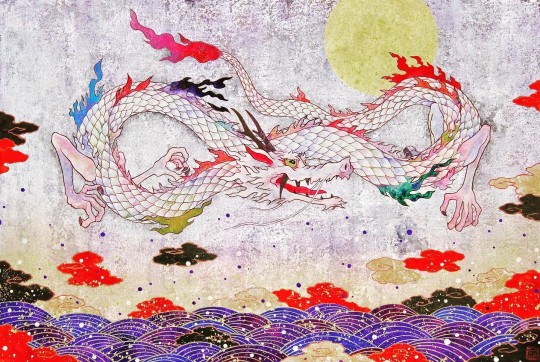
Koki Tsujimoto — Auspicious White Dragon (mineral pigments and japanese paper mounted on wood panel, 2020)
1K notes
·
View notes
Photo


Yoshida Toshi
Mendocino, Sunrise
with reverse
#yoshida tôshi#toshi yoshida#yoshida toshi#japanese art#woodblock print#ukiyoe#japan#woodcut#japanese prints#printmaking
9K notes
·
View notes
Text
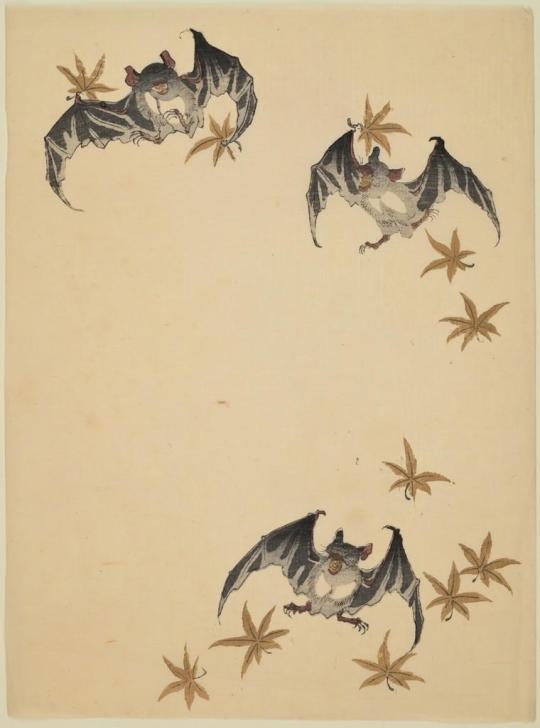
Bats and sycamore leaves*, a woodblock print by an unidentified Japanese artist ca. 1900. From the Taubman Museum of Art collection on JSTOR, featuring 1,701 freely accessible images of artworks, no login needed!
*What kind of leaves did you think they were, huh?
5K notes
·
View notes
Text

Famous Heroes of the Kabuki Stage Played by Frogs, by Utagawa Kuniyoshi, 19th century
#ukiyoe#japanese art#japanese prints#woodblock printing#japanese woodblock#ukiyo-e#woodblock print#woodblock art
1K notes
·
View notes
Text
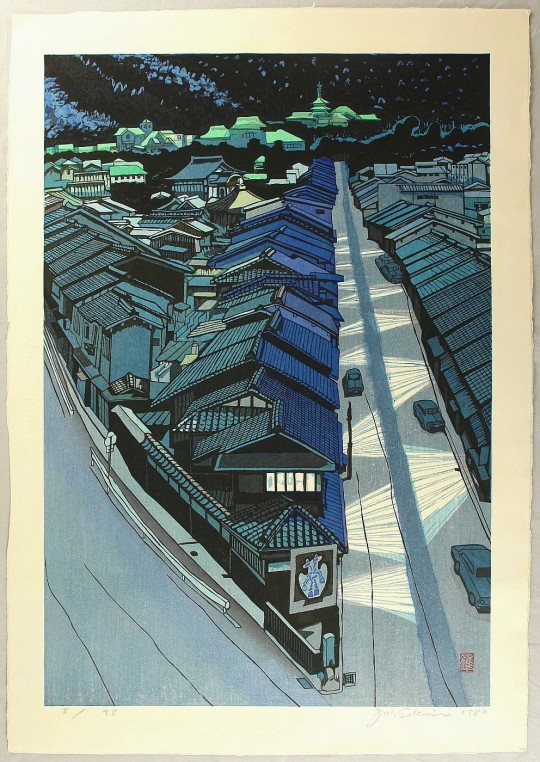
"Night in Kyoto" by Sekino Jun'ichirō (関野凖一郎), 1980
#japanese art#japanese print#関野凖一郎#sekino junichiro#japanese prints#arte japonés#impresiones japonesas
434 notes
·
View notes
Text
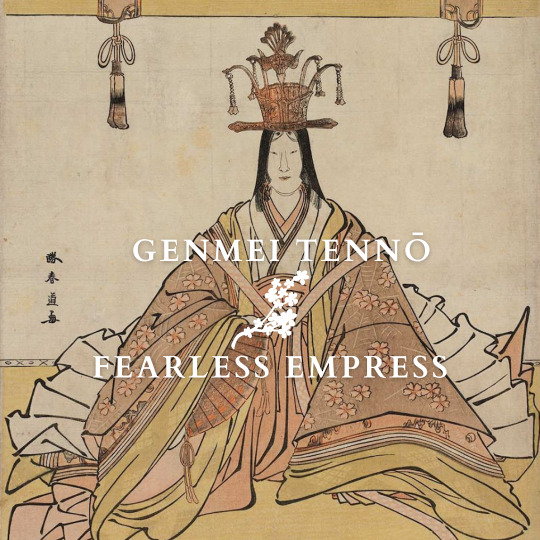
Genmei (661-721) was Japan's fourth empress regnant. She was Empress Jitō's half-sister and her match in terms of ambition and political skills. Her rule was characterized by a development of culture and innovations.
Ruling after her son
Like Jitō (645-703), Genmei was the daughter of Emperor Tenji but was born from a different mother. Jitō was both her half-sister and mother-in-law since Genmei had married the empress’ son, Prince Kusakabe (662-689). She had a son with him, Emperor Monmu (683-707).
Kusakabe died early and never reigned, which led to Jitō's enthronement. The empress was then succeeded by her grandson Monmu. The latter’s reign was short. In his last will, he called for his mother to succeed him in accordance with the “immutable law” of her father Tenji. Genmei accepted.
Steadfast and ambitious
Genmei was made from the same mold as her half-sister. She proved to be a fearless sovereign, undeterred by military crises.
She pursued Jitō's policies, strengthening the central administration and keeping the power in imperial hands. Among her decisions were the proscription of runaway peasants and the restriction of private ownership of mountain and field properties by the nobility and Buddhist temples.
Another of her achievements was transferring the capital at Heijō-kyō (Nara) in 710, turning it into an unprecedented cultural and political center. Her rule saw many innovations. Among them were the first attempt to replace the barter system with the Wadō copper coins, new techniques for making brocade twills and dyeing and the settlement of experimental dairy farmers.
A protector of culture
Genmei sponsored many cultural projects. The first was the Kojiki, written in 712 it told Japan’s history from mythological origins to the current rulers. In its preface, the editor Ō no Yasumaro praised the empress:
“Her Imperial Majesty…illumines the univers…Ruling in the Purple Pavillion, her virtue extends to the limit of the horses’ hoof-prints…It must be saif that her fame is greater than that of Emperor Yü and her virtue surpasses that of Emperor Tang (legendary emperors of China)”.
In 713, she ordered the local governments to collect local legends and oral traditions as well as information about the soil, weather, products and geological and zoological features. Those local gazetteers (Fudoki) were an invaluable source of Japan’s ancient tradition.
Several of Genmei’s poems are included in the Man'yōshū anthology, including a reply by one of the court ladies.
Listen to the sounds of the warriors' elbow-guards;
Our captain must be ranging the shields to drill the troops.
– Genmei Tennō
Reply:
Be not concerned, O my Sovereign;
Am I not here,
I, whom the ancestral gods endowed with life,
Next of kin to yourself
– Minabe-hime
From mother to daughter
Genmei abdicated in 715 and passed the throne to her daughter, empress Genshō (680-748) instead of her sickly grandson prince Obito. This was an unprecedented situation, making the Nara period the pinnacle of female monarchy in Japan.
Genmei would oversee state affairs until she died in 721. Before her death, she shaved her head and became a nun, becoming the first Japanese monarch to take Buddhist vows and establishing a long tradition.
Feel free to check out my Ko-Fi if you like what I do! Your support would be greatly appreciated.
Further reading
Shillony Ben-Ami, Enigma of the Emperors Sacred Subservience in Japanese History
Tsurumi Patricia E., “Japan’s early female emperors”
Aoki Michiko Y., "Jitō Tennō, the female sovereign",in: Mulhern Chieko Irie (ed.), Heroic with grace legendary women of Japan
#history#women in history#women's history#japan#japanese history#empress genmei#japanese empresses#historical figures#historyedit#herstory#nara#japanese art#japanese prints
134 notes
·
View notes
Text

The Fukujuso Plant from Ehagaki sekai / artist unknown (19090
158 notes
·
View notes
Text

“Bat Against Full Moon”, late 19th century, Nomura Yoshikuni.
#art history#art#japanese prints#japan#japanese art#woodblock print#woodblock#woodblock art#japanese woodblock#bat#nature#animals in art#animals#asian art#19th century art#1800s art#nomura yoshikuni#eastern asia#east asia
1K notes
·
View notes
Text

It rained last night
softly
a nice surprise
Image: Kobayashi Eijiro, High Bridge, woodblock print, 1910 - 1930
113 notes
·
View notes
Text
New JTTW Book!!!
La pérégrination vers l'Ouest: Intégrale des estampes de l'édition japonaise de 1806-1837 (English: The Journey to the West: Complete Prints from the Japanese Edition of 1806-1837)
This new French publication collects and comments on restored woodblock prints from Ehon Saiyuki (繪本西遊記, 1806-1837), the first complete Japanese translation of Journey to the West.
I have scans of the antique Chinese and Japanese versions of JTTW on my blog, and I can say with full confidence that the woodblock prints from the latter are FAR superior. They are gorgeous beyond words. Most are in black and white, but a few are in color.
Here is the official publisher link for those looking to buy:
https://www.editions2024.com/livres/white-boy-2rslx...
Below, I present a google-translated version of the product info.
Illustrations by Ōhara Tōya, Utagawa Toyohiro, Katsushika Taito II
Text abridged and translated by Evelyne Lesigne-Audoly and Delphine Mulard
Introductions and comments by Christophe Marquet, Vincent Durand-Dastès, Xavier Guilbert and Delphine Mulard.
Under the direction of Christophe Marquet
* 836 two-color & four-color pages on a Holmen Book 2.0 80g
* 18 x 24cm
* cardboard cover, bowls, attached labels, hot stamping
* sewn binding with edge and 2 bookmarks, attached endpapers
* ISBN 978-2-383870-79-1 / EAN 9782383870791
* Publication 11/2023

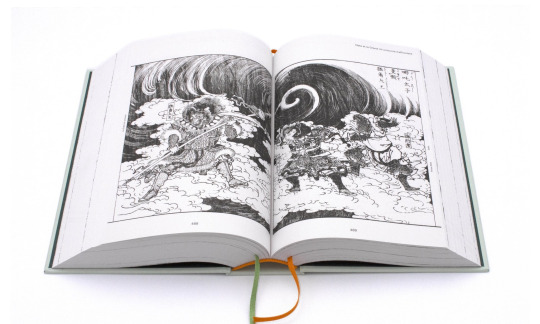

#journey to the west#jttw#sun wukong#monkey king#translation#Japan#japanese prints#japanese woodblock print#french#Lego Monkie Kid#LMK#Japanese art#Asian art#woodblock print
39 notes
·
View notes
Text

Kawase Hasui
Pine Beach at Miho
1931
#kawase hasui#hasui#woodblock print#art print#japanese prints#japanese print#japanese woodblock#japanese art#japanese artist#Asian art#1930s#print maker#beach#pine beach at miho#miho#seascape#sea view#ocean view
4K notes
·
View notes
Text

Koki Tsujimoto — Auspicious Blue and White Whale (mineral pigments on japanese paper mounted on wood panel, 2022)
450 notes
·
View notes
Photo

Kawanabe Kyōsai 河鍋暁斎 (Japanese, 1831–1889)
Kyōsai Sketchbook (Kyōsai manga) 暁斎漫画
Meiji period (1868–1912)
1881 (Meiji 14)
#kawanabe kyōsai#kawanabe kyosai#kyosai kawanabe#japanese art#woodblock print#ukiyoe#japan#woodcut#japanese prints#printmaking#skeleton#skeletons
2K notes
·
View notes
Photo


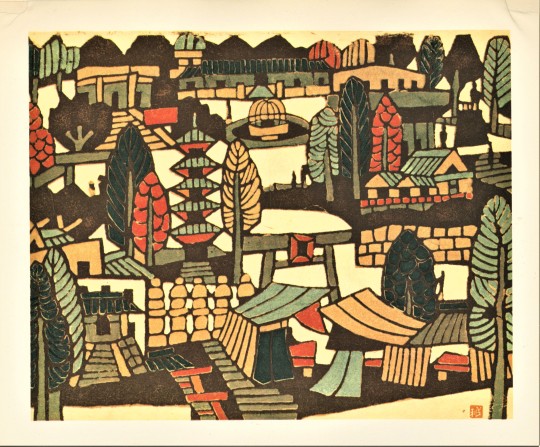


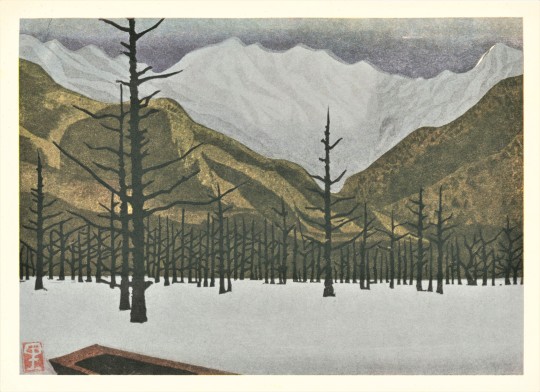



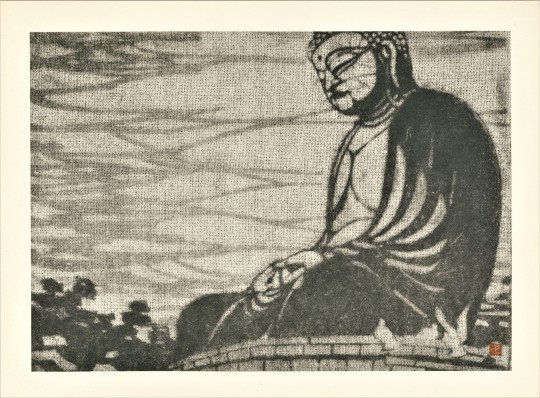
Wood Engraving Wednesday
So, this week we’re replacing our usual wood engravings with color woodcuts instead because we wanted to show off some of the exquisite original wood block prints from a 2-volume set of contemporary Japanese woodcuts. The volumes have not been cataloged yet because the title and publication information are in Japanese and we have not had them translated yet. The title (we believe) is on the cover of the book, which we show here.
The two volumes contain 24 original prints by different artists showcasing traditional techniques with modern sensibilities. Each print is stored in a page composed of a polyethylene sleeve that the print can be removed from. Please click or tap on the images for title and artist information.
View more posts with Japanese prints.
#Japanese prints#wood block prints#color woodcuts#woodcuts#Asian American and Pacific Islander Heritage Month#AAPI Heritage Month#Japan#Japanese#Wood Engraving Wednesday
135 notes
·
View notes
Text
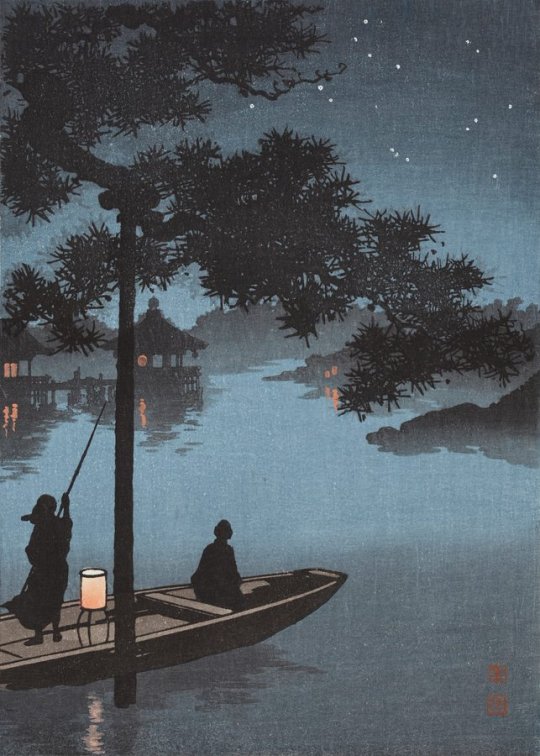
Stars over Biwa Lake, by Shoda Koho, 1930
322 notes
·
View notes